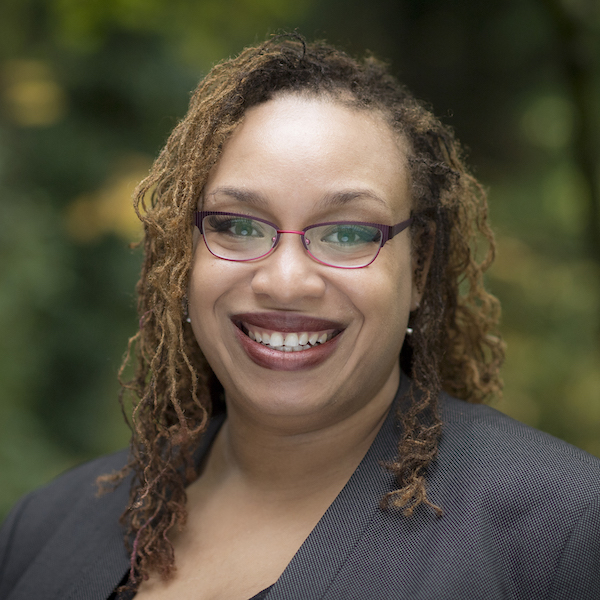
“Formally trained as an engineer, I describe myself as an interactive visualization designer. After receiving a degree in Acoustical Engineering from Purdue University, I went into news, working in the newsrooms of PBS, FOX, and CBS stations. Later, I obtained a master’s degree in Television, Film, and New Media Production and then an M. Ed. in Mathematics, Science, Social Studies & Technology Education. From there, I went on to work in console game development for Sony and THQ. I have worked on PSP, PS2, PS3, and Wii games. This experience and love of all things entertaining has forever shaped my perspective as a designer and my expectations for learning interactions. Highly interdisciplinary, I’ve taught in the following departments: Art Foundations, Mathematics, Multimedia Design & Development, Web Design & Interactive Media, Audio Production, Film, Digital Filmmaking, Television & Video Production, and Game & Simulation Programming.
I am unceasingly intrigued by what calls people to be educators and how our motivations manifest in the learning environments that we create. As educators, how do we embody the theories we espouse? How do we best utilize technology to empower learners? Education traverses social, political, and cultural boundaries – both real and imagined. Digital media has become one of the most powerful educational forces in contemporary culture. As educational technologists, we must be concerned not only with curricula but also with the broader societal implications of the technologies we adopt. Forever aspirational, I am excited by the myriad of possibilities created by the learning experiences we design and support.
My personal call to action was witnessing intelligent, talented adult learners struggle to accurately assess their own academic performance in my courses. This was the catalyst for my doctoral research, the development of a visual cognition model of how learners evaluate their learning using learning analytics visualizations. I received a SSHRC Doctoral Fellowship for this work, which is the touchpoint for my exploration of how novel visualization techniques may be used to create positive feedback loops for learners, as they extract meaningful patterns from their data. My book chapter, ‘A Language and a Space: Visualizing Learning Online,’ is published in the learning analytics textbook, Developing Effective Educational Experiences through Learning Analytics.”